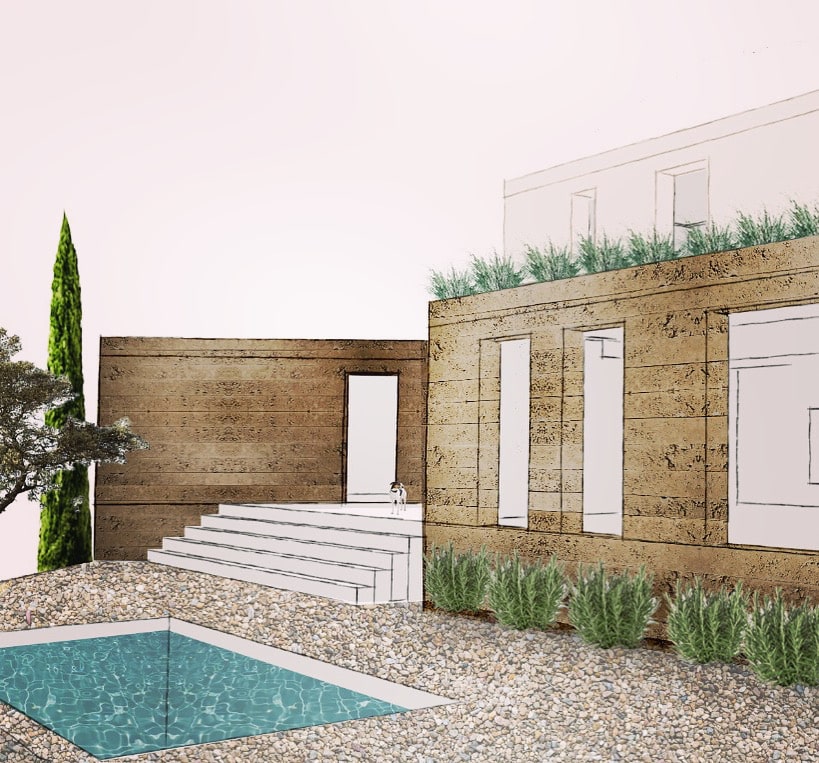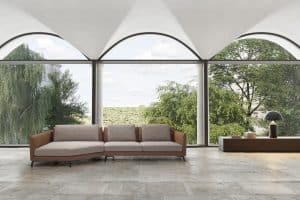
Nowadays, one of the main challenges in the construction sector is to reduce the environmental impact that buildings have. For this reason, most of the new materials on the market are intended to improve the efficiency and sustainability of homes. In today’s article we will explain which are the most environmentally friendly new building materials.
The 5 new most efficient and sustainable building materials
We will review the 5 most innovative and sustainable new construction materials that will revolutionize the future of our sector.
1) Photovoltaic tiles
Photovoltaic tiles allow the integration of solar panels on the roofs of buildings already built. They consist of clay tiles that contain monocrystalline silicon cells in their composition. These cells give them the ability to absorb sunlight and convert it into energy.
This new construction material improves the aesthetics of solar panels without losing their functionality, since it camouflages the photovoltaic cells without interfering with energy production.
2) Bricks that absorb pollution
Pollution absorbing bricks is a new material that could improve pollution removal in future buildings. They are designed to be part of the interior insulation and have a cyclonic filtration mechanism that separates heavy particles from the air and collects them in a removable hopper.
The filtered air provided by these bricks can enter the building through mechanical ventilation systems or through vents powered by passive systems. The tests carried out have proven that this material is capable of filtering 100% of coarse particles such as dust and 30% of fine polluting particles.
3) Electricity conducting cement
The MIT Center for Concrete Sustainability has succeeded in creating a cement that conducts electricity by incorporating nanocarbon particles into its composition. The conductivity of this cement will allow the concrete to be used for new applications, such as self-heating to provide better thermal insulation and energy storage to save on heating.
4) Hydroceramics
A team of researchers from the Institute of Advanced Architecture of Catalonia has created a structural material capable of cooling the interior of buildings during the warmer months. It is the hydroceramics or passive cooling brick. This building material is the result of the combination of traditional ceramics and a water-absorbent element known as a hydrogel.
Hydroceramics can passively reduce the temperature of a home by up to 6 ° C. This is a great advantage both economically and environmentally, since air conditioning units are one of the main producers of CO2.
5) Translucent or transparent wood
Translucent wood or transparent wood is obtained by removing the lignin from the wood, which is the component that gives it rigidity and opacity. The resulting substrate is impregnated in a transparent polymer, resulting in a material that allows light to pass through and absorbs heat.
The benefits of this new material are economic and energy savings, since wood is a very accessible product as well as an excellent thermal insulator.
Reduce the carbon footprint of your home

Building homes with less polluting materials significantly reduces their impact on the environment. Therefore, using new, more sustainable and efficient construction materials is one of the main aspects of sustainable architecture.
Are you worried about the carbon footprint of your home? Whether you have a new construction project or if you need to make a comprehensive renovation, at Michele Mantovani Studio we work with top quality construction materials, respecting efficiency, resistance and sustainability criteria.




